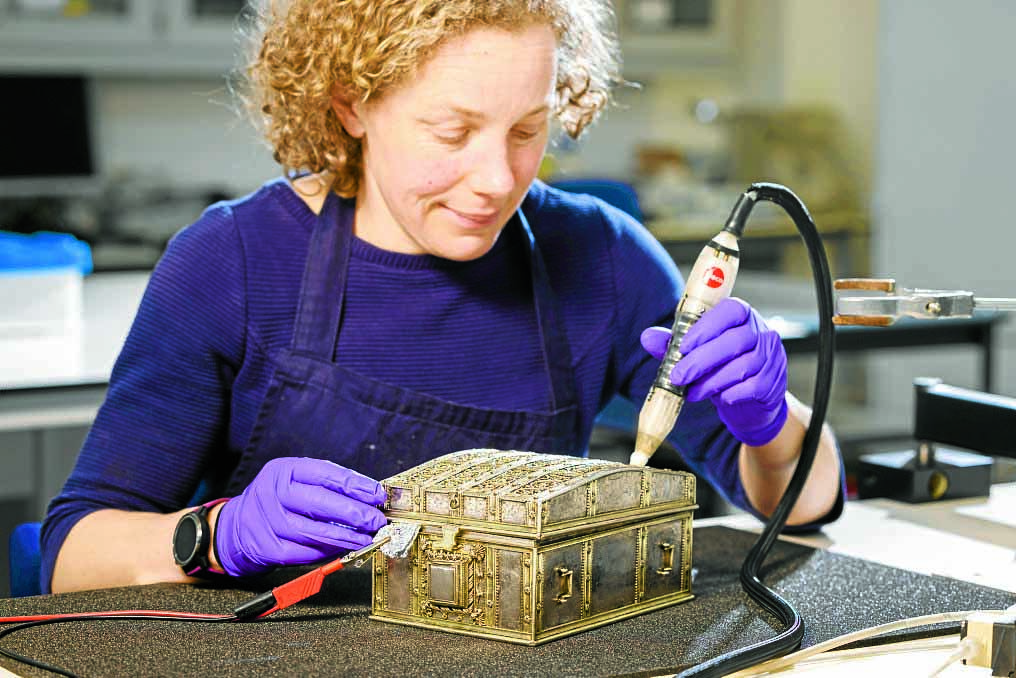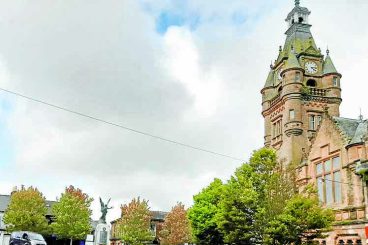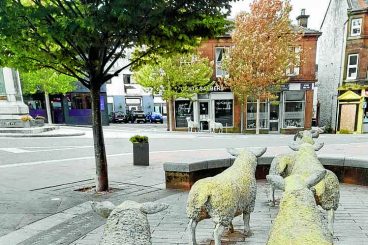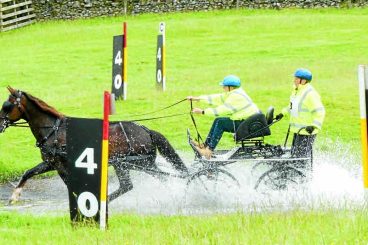A SILVER casket believed to have belonged to Mary, Queen of Scots is coming to the region later this year.
The piece will go on display at Kirkcudbright Galleries from November 2 through to April 27 2025.
It was acquired by National Museums Scotland in 2022 and has undergone fresh conservation work ahead of its tour, which is supported by the Weston Loan Programme with Art Fund.
Centuries of tarnish and corrosion have been removed. The technique of electrolytic reduction was used via a pen-like device, allowing the delicate gold and silver surfaces to be cleaned in a highly controlled and targeted manner without the need for any abrasive polishing.
Made in Paris, probably between 1493 and 1510, the casket is a superb and extremely rare work of early French silver, very little of which survives, even in France. It is likely that its long-standing association with Mary has kept it preserved for over 450 years.
For three centuries, it was owned by the family of the Dukes of Hamilton, following its acquisition, around 1674, by Anne, Duchess of Hamilton. According to a handwritten note stored with it from the late 17th century, she bought the casket, previously owned by Mary, Marchioness of Douglas, on the understanding that it had belonged to Mary, Queen of Scots.
The note records the belief that this is the casket which played a dramatic role in Mary’s downfall when, in December 1568, a similar casket was produced at a hearing ordered by Elizabeth I against Mary at Westminster. This contained what have become known as the ‘Casket Letters’. These love poems and letters, allegedly from Mary to her third husband, the Earl of Bothwell, implicated them both in a conspiracy to murder her second husband, Lord Darnley.
Dr Anna Groundwater, acting keeper of Scottish history and archaeology at National Museums Scotland, said: “One of Scotland’s national treasures, this extraordinary casket has been venerated as a relic of Mary, Queen of Scots for centuries, and I’m delighted that more people will have the opportunity to see it up close when it goes on tour later this year.
“Beyond its connections to one of Scotland’s most famous figures, it is a rare and spectacular piece of historic silver in its own right.”
It is thought that the casket was given to Mary by her first husband, François II of France, and came to Scotland with her in 1561 after his death in 1560. Her inventories from this time list multiple examples of precious jewellery and other such valuable objects.
A casket first appears in the records following Mary’s arrest in 1567 by the rebellious Confederate Lords, when it is discovered in the hands of Lord Bothwell’s servant. It was brought before the Scottish Privy Council where its lock was struck off to reveal its contents. Precisely what these were at that moment is unknown. However, a year later, when the Earl of Moray dramatically produced the same casket at Westminster, it now contained the damning ‘Casket Letters’.
Following the hearing at Westminster, Mary remained in English captivity for 19 years, until she was executed in 1587.
Councillor Jackie McCamon, is delighted it’s coming to Dumfries and Galloway Council and said: “This is such an exciting loan. We are pleased to be working with the National Museums Scotland once more and have no doubt this will be an emotional and stirring exhibition. I personally can’t wait to see it”
Sophia Weston, from the Garfield Weston Foundation, said: “One of the key aims of the Weston Loan Programme is to bring world class objects to regional museums so that they can be enjoyed by as many people as possible. We are delighted to support the display of this very special piece of Scottish history in Kirkcudbright.”





















